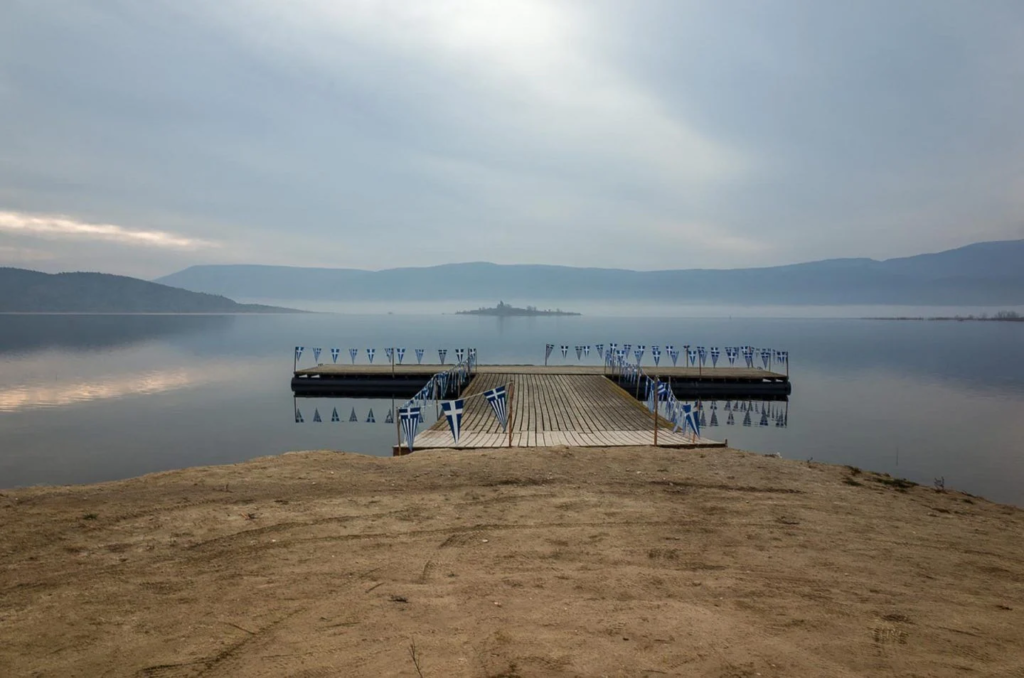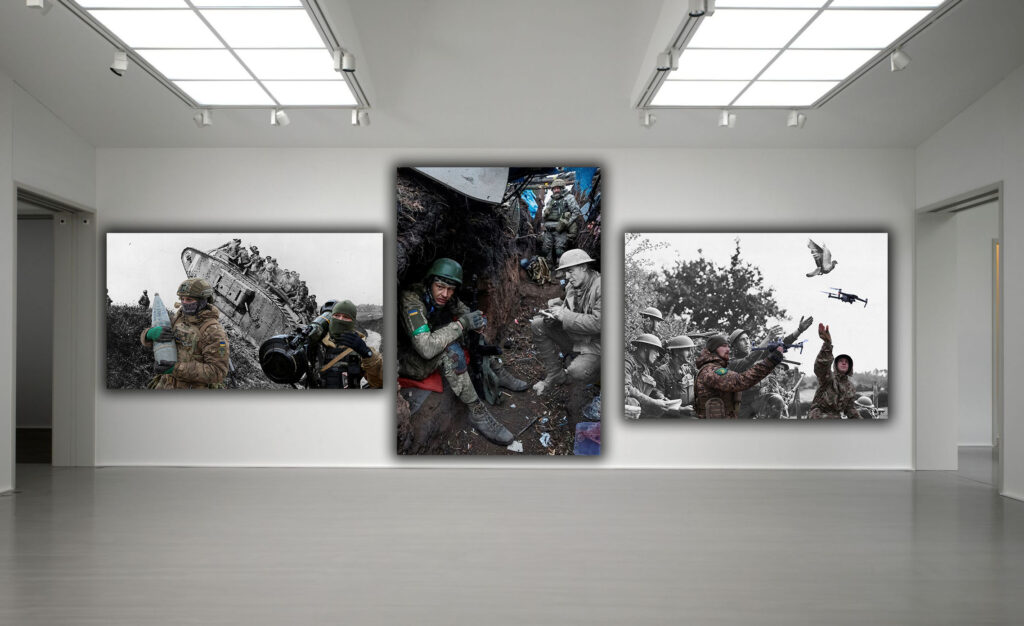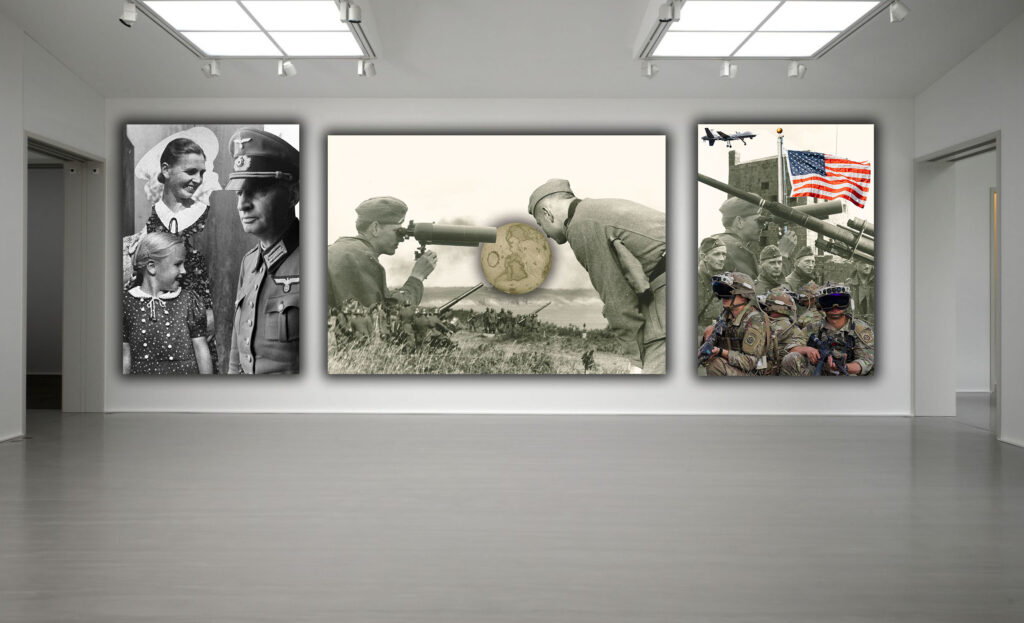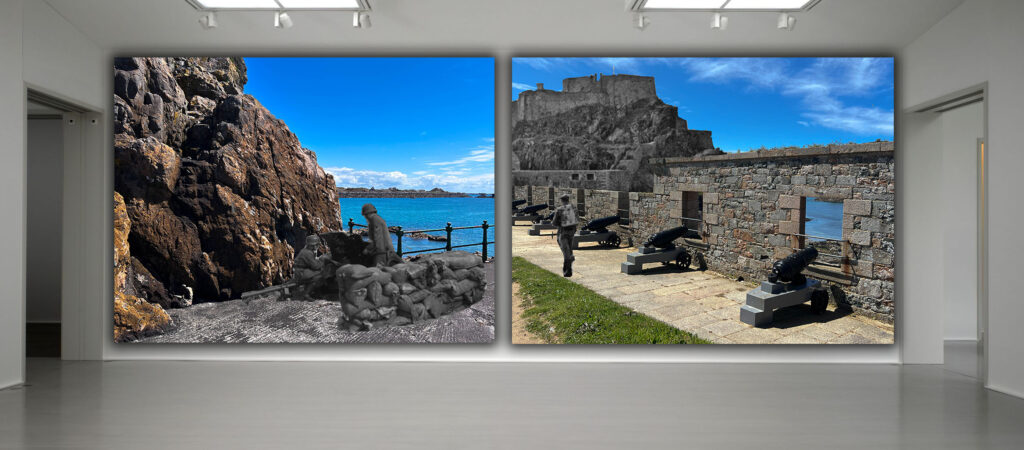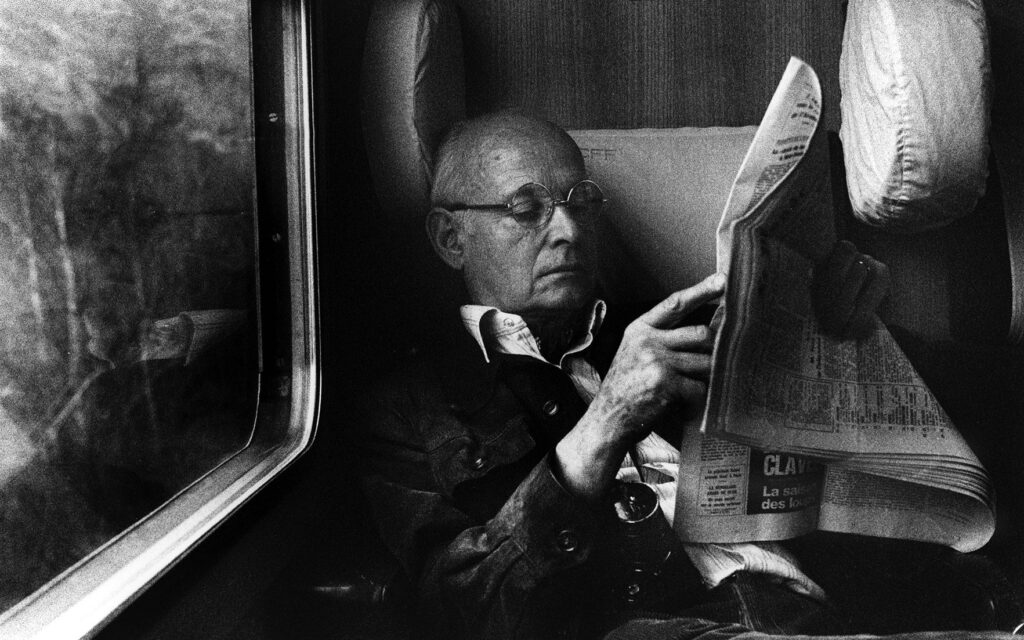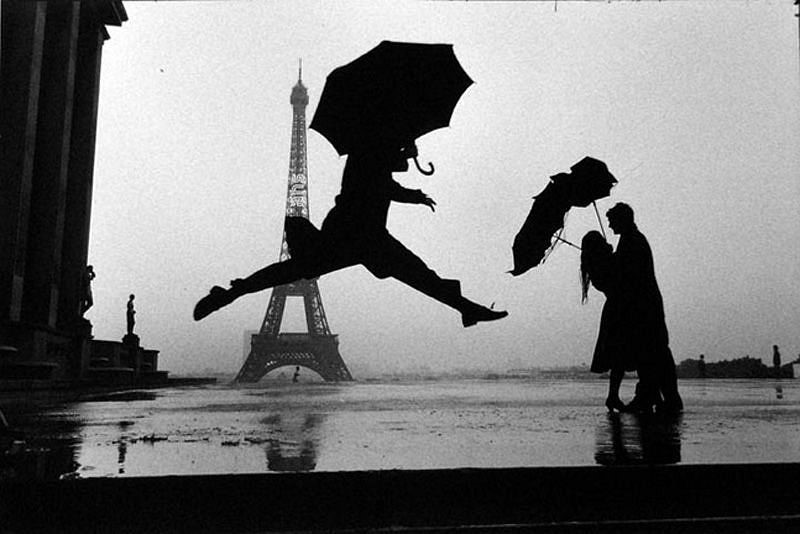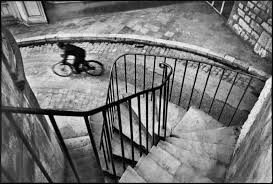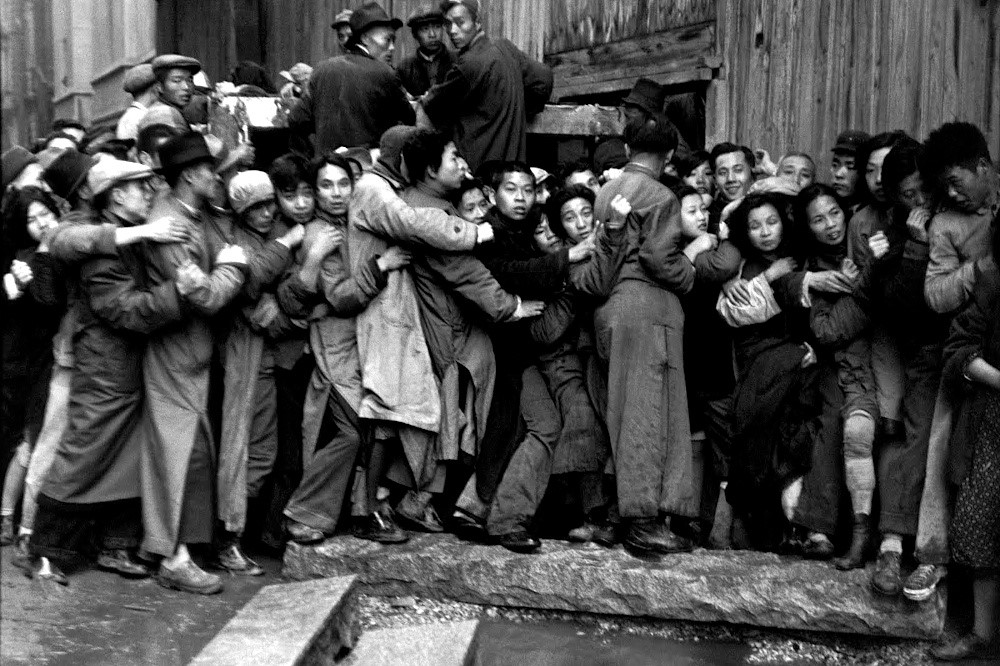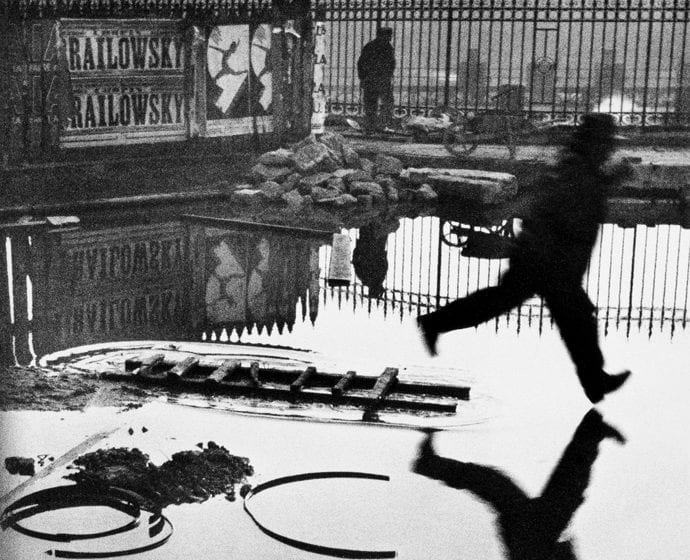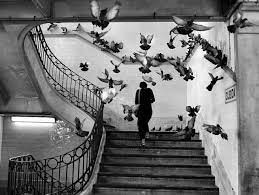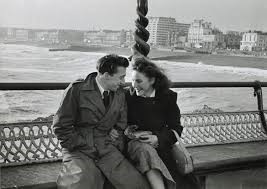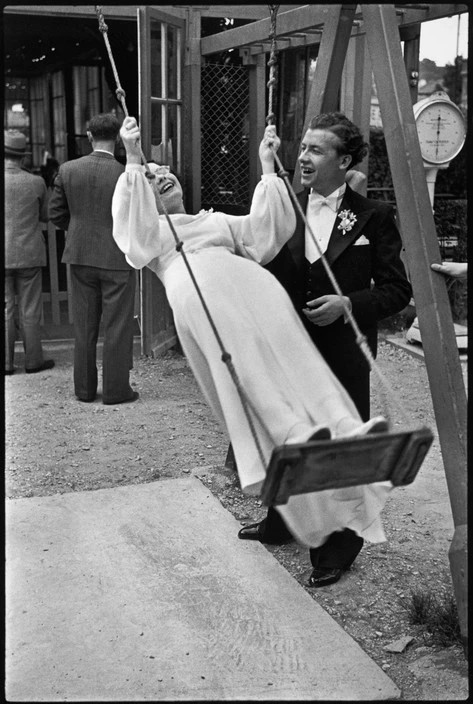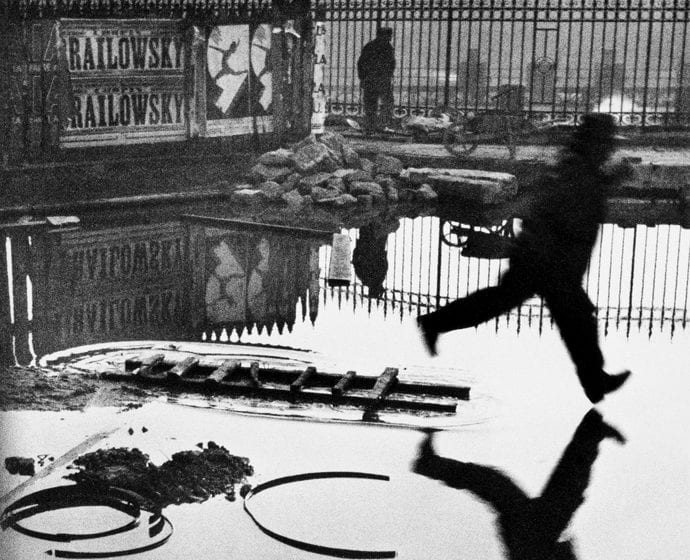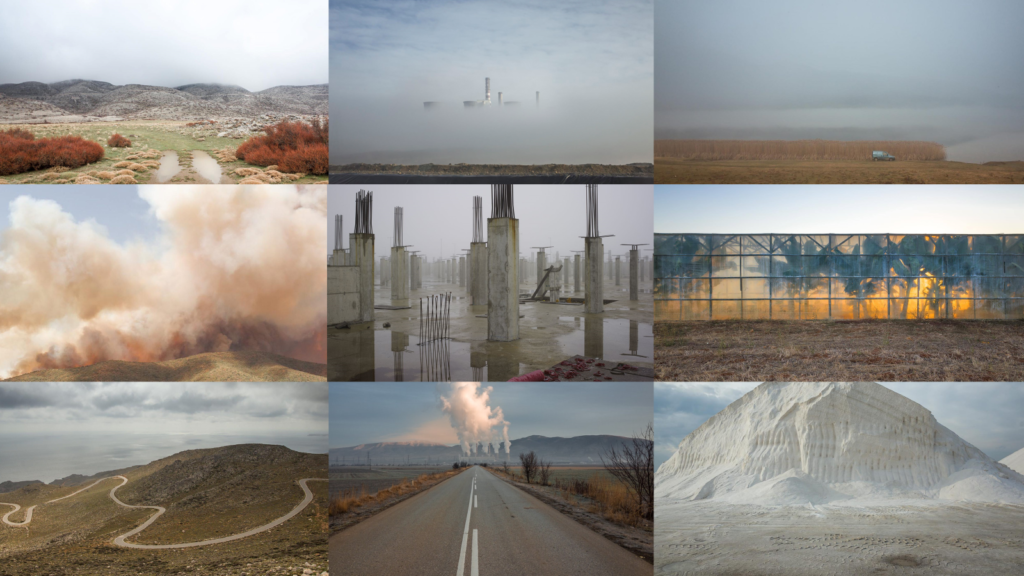
The photographer was born in 1976 in Creta Island Greece where he lives with his wife and their son. He studied mechanical engineering and works for the municipal of Heraklion.
George photographs and seeks to capture our “degradation of the planet” as an “autoimmune disease”.
The idea to frame his natural landscape as a symbol for disease did not come to him right away. He slowly made the connection over time after he realized that he was continuously drawn to a generating a certain type of landscape photography.
While I was photographing the landscapes affected by human interactions in the middle of natural spaces, the topography started looking like a body to me – like something with the early stages of psoriasis on its skin,” he explains. “If humans are a product of nature, then we can say that we are a disease attacking our own organism, just like an immune system can attack its own body – like autoimmune diseases.”
In George’s photographs of the ominous tone as well as the muted colour scheme of the landscapes were surprisingly taken in Greece. George tells the reader that “I almost never go out shooting in harsh light, and I really love heavy clouds and fog, which are hard to find in Greece. To achieve this result, most of my work is made in the winter, in the early morning or late afternoon.” I like in George’s work that the term composition visually it is a recurring pattern seen across as each of his photographs focus on a sort of shaped layout like the use of rectangular buildings across the image or the muddy ground formed in an “x” positions in contrast to the greenery around it.
Whilst George works with this critical issue of the climate degrading he still hopes that the series can shed light on the possibilities of finding a cure. That hope is solidified in the title, which directly points to the possibility for this ‘cure.’ Marazakis concludes.
